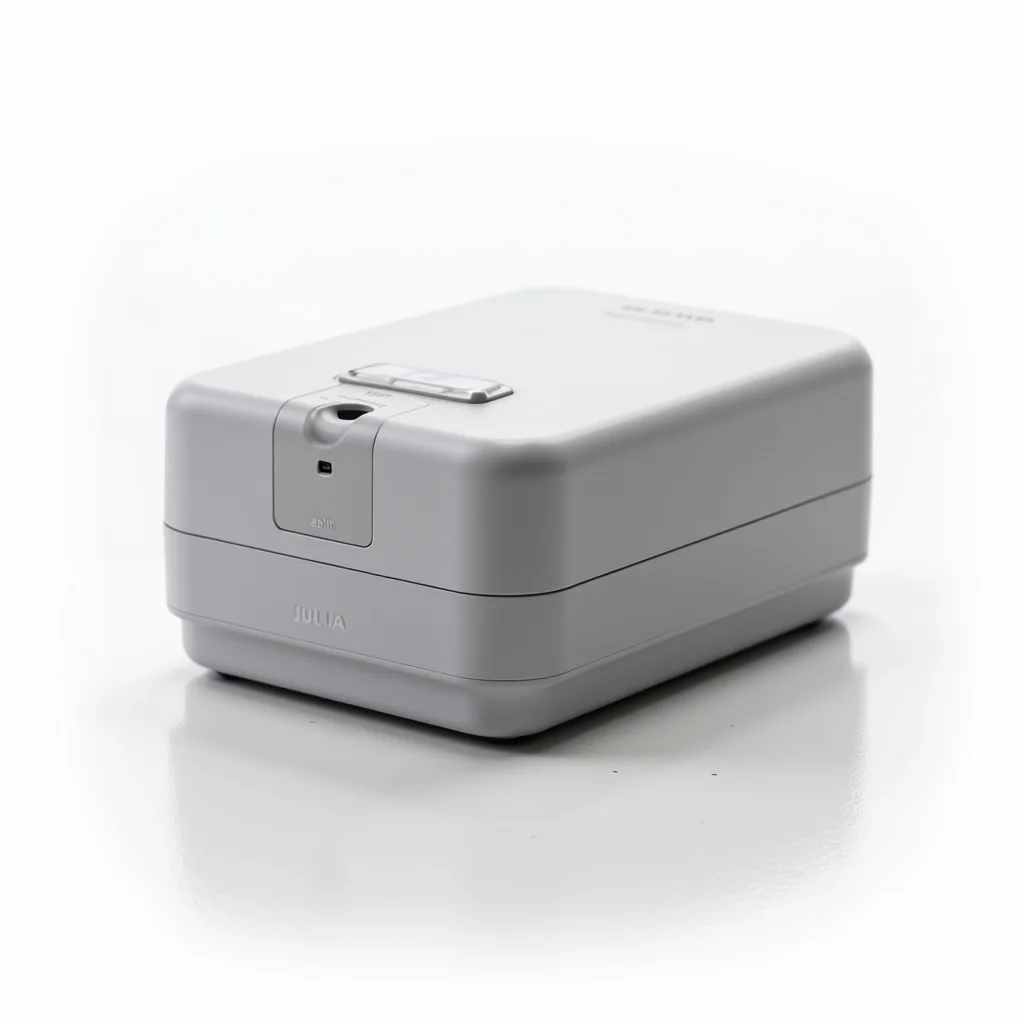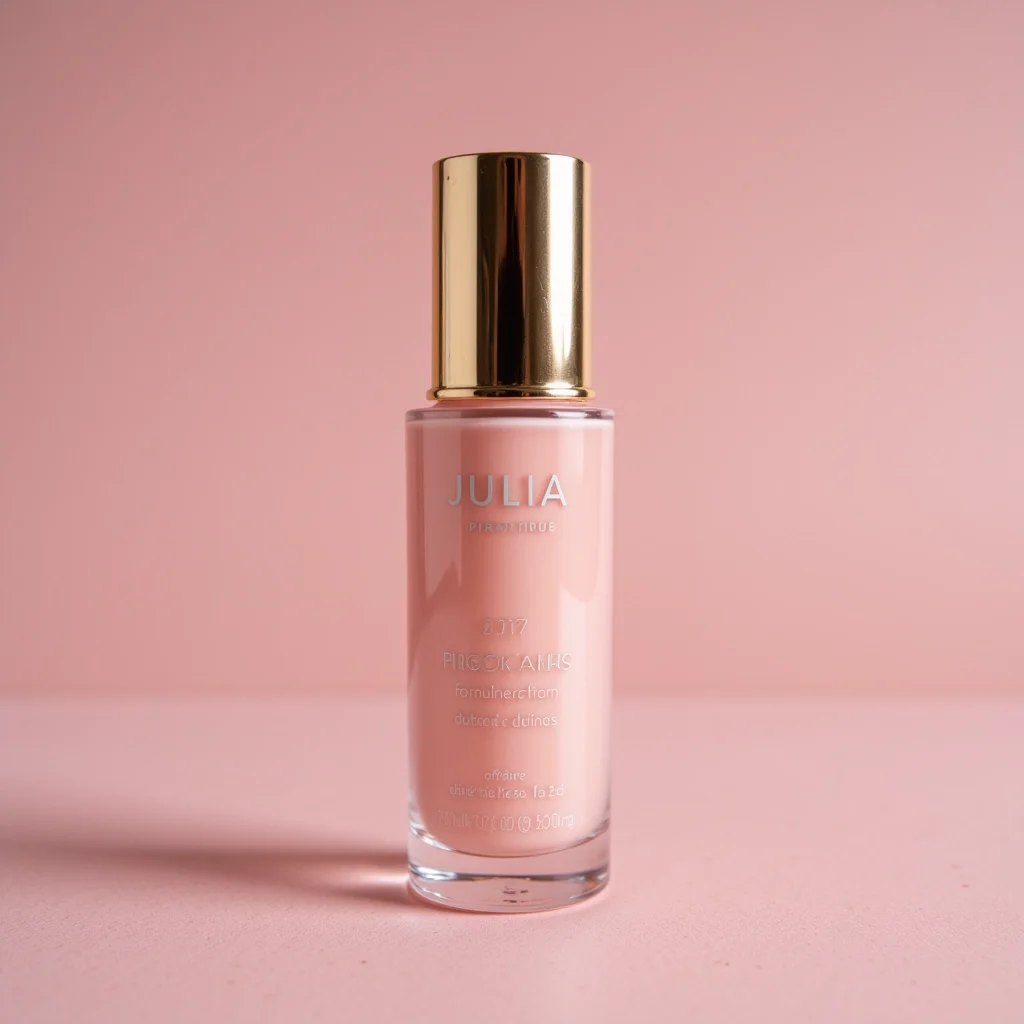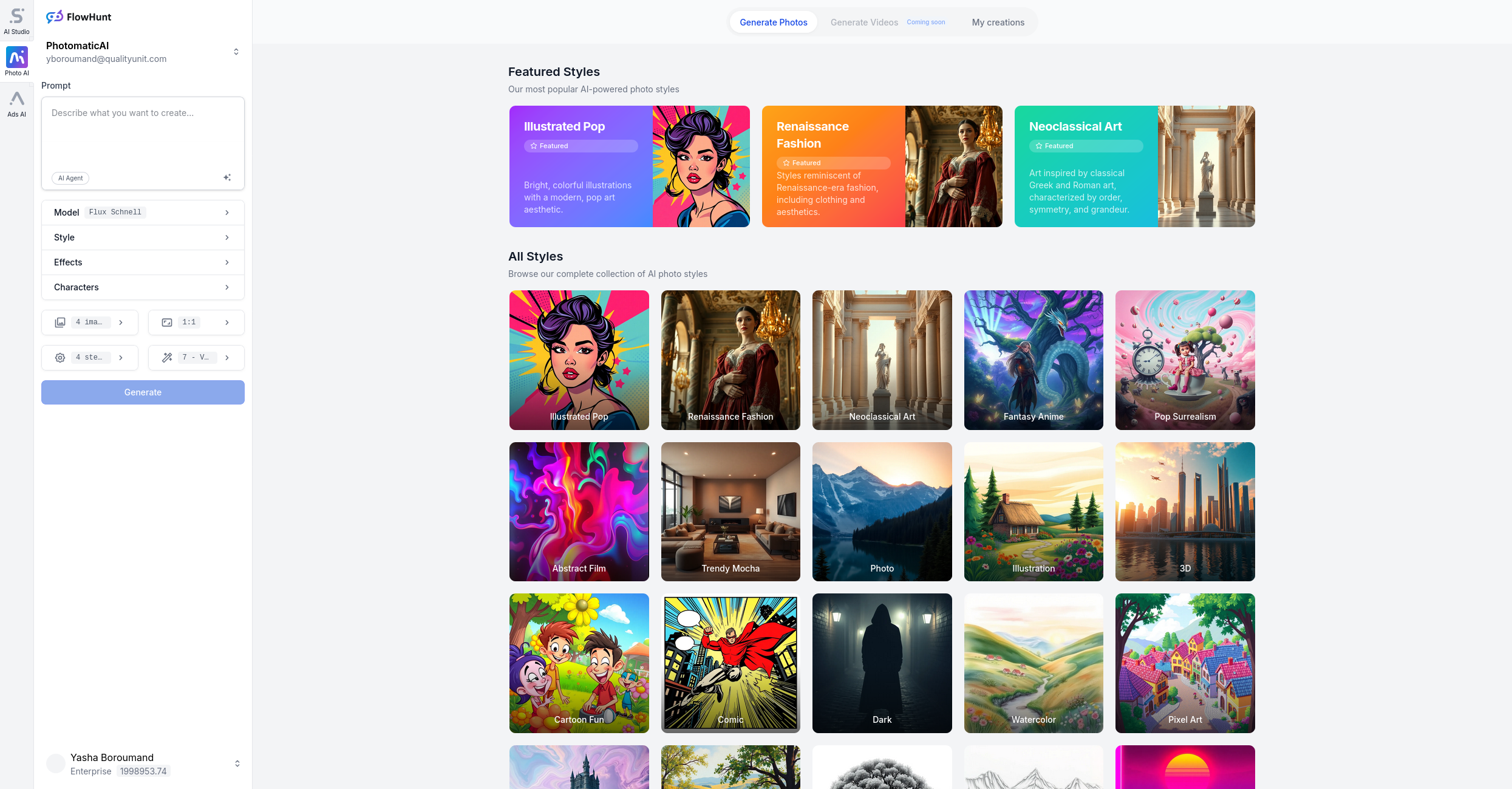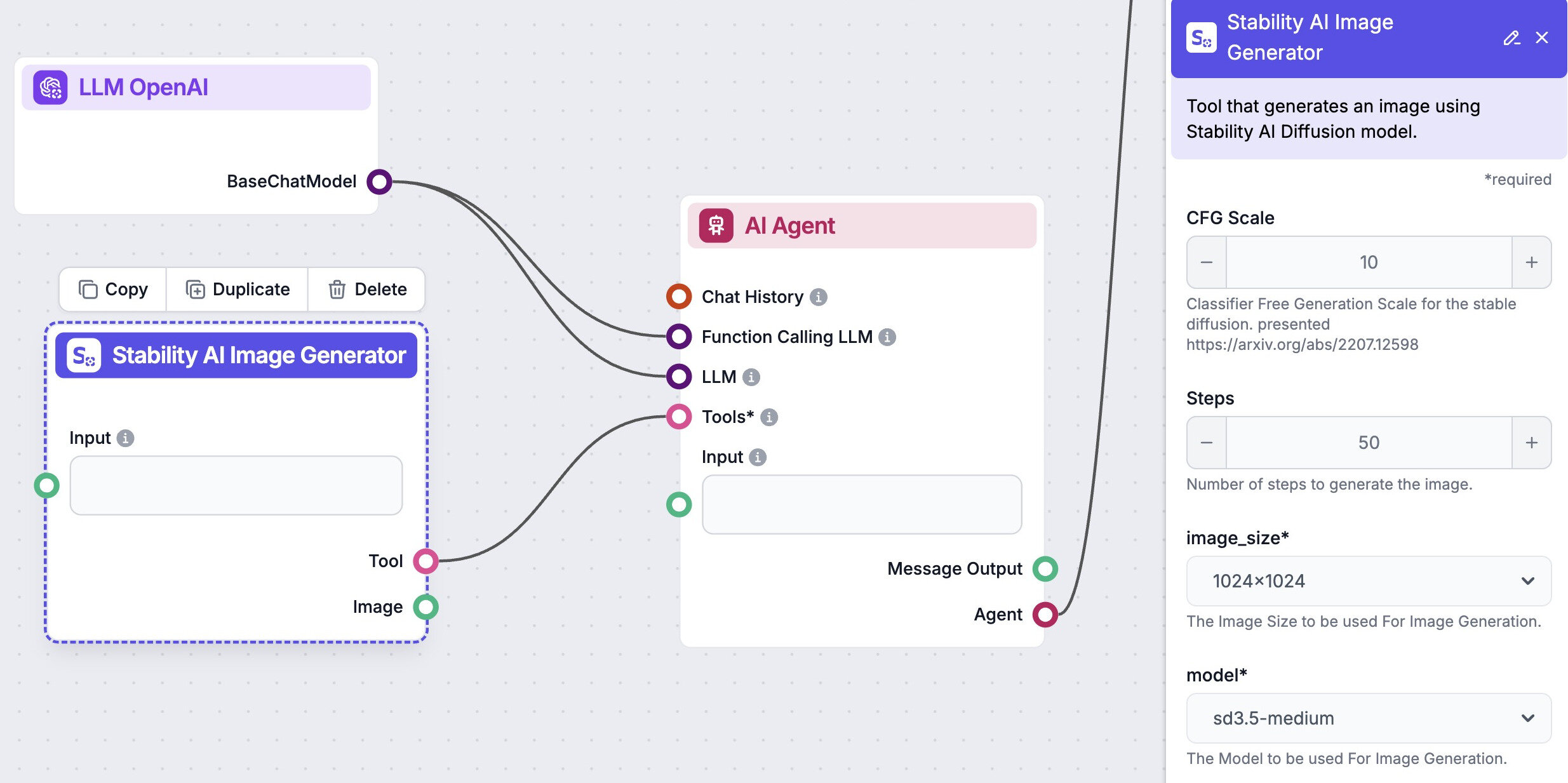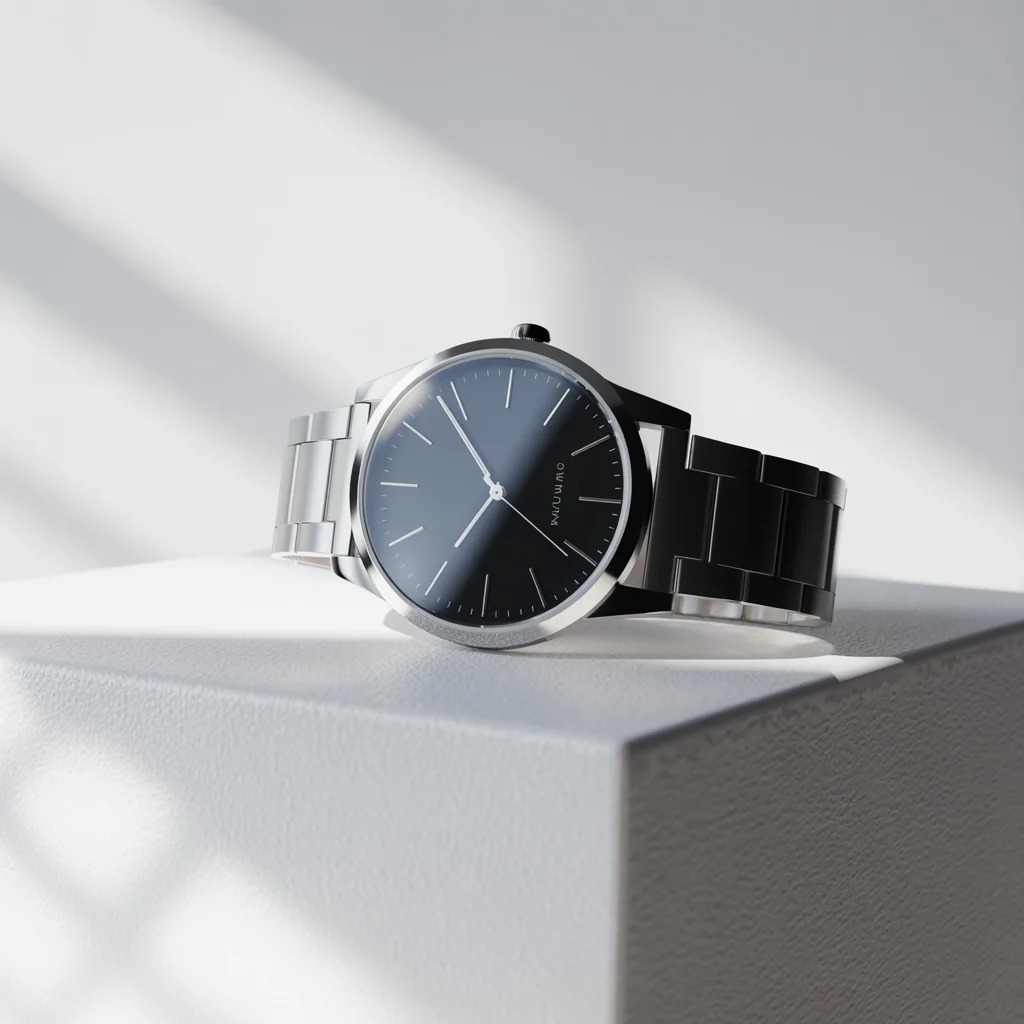
Business Photo Generator
Business Photo Style is a polished, professional photographic effect designed to showcase individuals and teams in corporate settings. This style emphasizes cla...
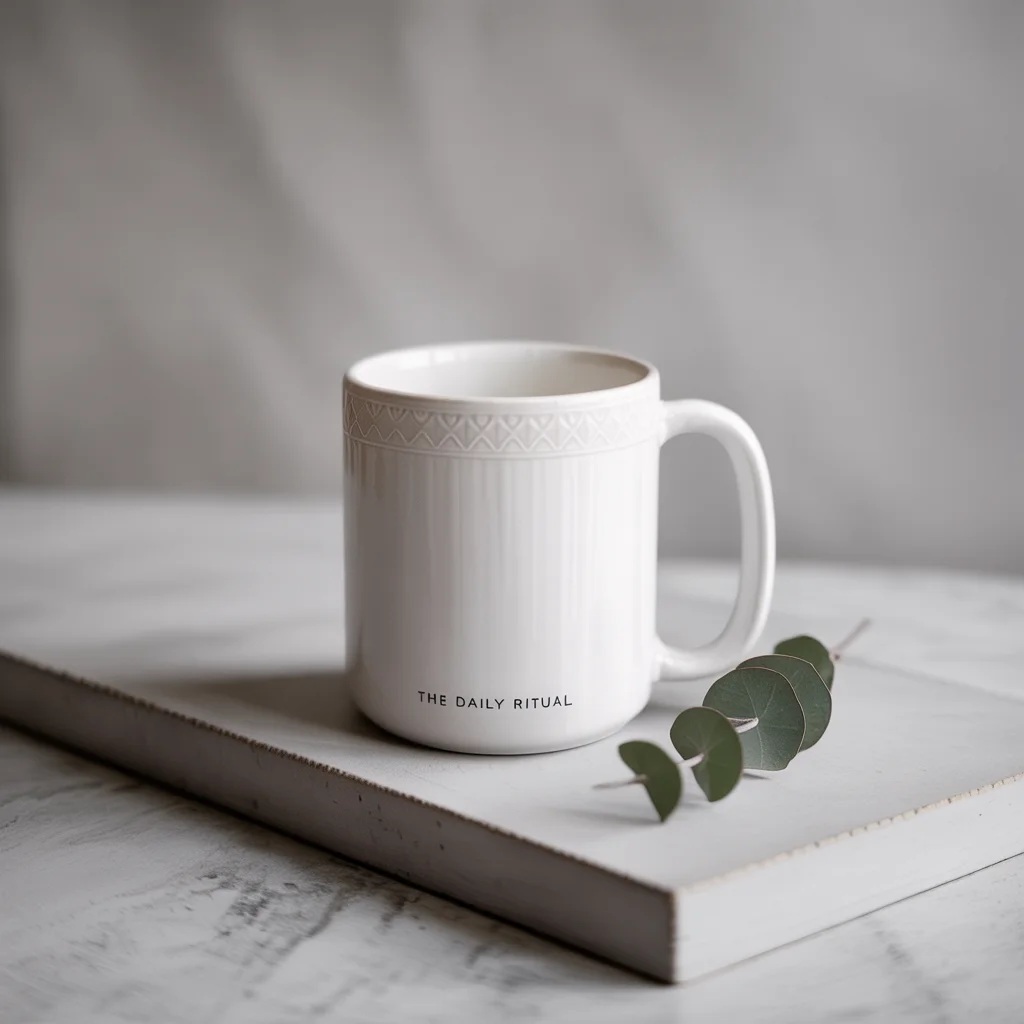
Style
Product Photography Style is a specialized photographic approach designed to present products at their best, using controlled lighting, seamless backgrounds, and meticulous composition. This style ensures clarity, detail, and visual appeal—essential for e-commerce, advertising, packaging, and editorial features. It transforms ordinary objects into compelling visuals that drive engagement and sales.
Train AI Image Models
Train a unique character from your own everyday photos, apply the ready to use Product Photography AI Image Generator to generate interesting and eye-catching images.
Starting point for AI training is set of your images. More images of same character can be added to improve the model.
Apply ready to use styles and effects on pretrained model or use custom prompt to generate images.
Images generated from the pretrained model
Use our Photomatic AI image generator to create stunning, professional-grade product photos effortlessly. Our state-of-the-art AI ensures your products stand out with impeccable lighting, clarity, and style. Try it now and elevate your product presentation!
Generate Your Own AI Product Photos with Professional AI Image Generator
Product Photography Style is a genre of photography dedicated to capturing products in the most appealing, accurate, and detailed manner possible. This style relies on meticulous lighting, seamless backgrounds, and focused composition to showcase items without distraction, ensuring the product is the star of the shot.
The origins of product photography trace back to the early days of advertising and catalog publishing in the late 19th and early 20th centuries, when businesses began to understand the power of visual representation in driving sales. With the advent of mass production and retail, especially in print catalogues, clear images became crucial for consumers to make informed purchasing decisions. Over time, the field has evolved with advances in camera technology, lighting, and digital editing, making it possible to achieve stunning, high-resolution images that reveal every detail and texture.
Today, product photography is an essential part of e-commerce, branding, and advertising, adapting to digital-first platforms and ever-higher expectations from consumers. The style is defined by its ability to make products look desirable, trustworthy, and ready for purchase.
Product Photography Style is widely used across industries and by a diverse range of professionals and businesses:
Product Photography Style enhances photos through several key techniques:
Professional lighting eliminates harsh shadows and highlights product details, color, and texture. Softboxes, reflectors, and diffusers are used to create even illumination or dramatic highlights, depending on the product.
Using white, black, or gray seamless backgrounds removes distractions, drawing attention solely to the product. This clarity is essential for online shopping, catalogues, and advertisements.
Maintaining sharp focus throughout the product ensures every detail is visible. Selective depth of field can be used to highlight specific features like branding or texture.
Careful arrangement of the product creates balance and appeal. Centering, leading lines, and symmetry are often employed to create visually pleasing images.
Editing software is used to correct color, remove imperfections, and enhance product features, ensuring consistency and a flawless appearance.
These enhancements collectively make products look more appealing, trustworthy, and desirable, directly impacting sales and brand perception.
Product Photography Style is essential in a variety of commercial and editorial contexts:
High-quality images on a white background highlight features and textures, helping customers make confident purchasing decisions. (Example: running shoes for an online store)
Dramatic lighting and reflective surfaces create eye-catching visuals for product launches, increasing engagement and shares on platforms like Instagram and Facebook. (Example: smartwatch on reflective black surface)
Balanced lighting and elegant arrangements showcase products professionally, ensuring they stand out in printed materials. (Example: designer sunglasses for a fashion brochure)
Clean, detailed shots of packaging help designers and brands visualize and promote their products, emphasizing branding elements. (Example: gourmet coffee bag)
High-contrast lighting and luxurious backgrounds add drama, making products pop in advertisements and banners. (Example: luxury perfume bottle for a poster)
Stylized images with precise lighting highlight product innovation and design, adding credibility and appeal in magazine features. (Example: DSLR camera for a tech editorial)
These use cases demonstrate how the style can be adapted to fit different products and marketing channels, always aiming to maximize visual impact and clarity.
In conclusion, Product Photography Style is crucial for anyone seeking to present products at their very best. Whether for e-commerce, advertising, or editorial purposes, mastering this style ensures your products look appealing, professional, and ready to capture attention. By applying the techniques and tips above, you can create images that not only showcase your products but also elevate your brand and drive sales.
Automate your image generation with AI Agents
Product Photography Style is a specialized approach to photographing products with the goal of highlighting their features, texture, and quality. It uses controlled lighting, clean backgrounds, and precise composition to ensure products appear attractive and professional, making them suitable for e-commerce, advertising, and editorial use.
High-quality product photography increases customer trust, communicates professionalism, and boosts conversion rates. It ensures products are presented clearly and attractively, making them more appealing to potential buyers across online shops, catalogues, and ads.
Product photography usually involves DSLR or mirrorless cameras, macro or prime lenses, studio lighting (like softboxes or LED panels), tripods, reflectors, and clean backgrounds such as white seamless paper or lightboxes to eliminate distractions and focus on the product.
Yes, this style is versatile and can be adapted to showcase almost any product—from fashion and electronics to cosmetics and food. The approach is tailored to highlight the unique qualities and selling points of each item.
While a professional studio offers maximum control, you can achieve great results at home with the right lighting, background, and camera settings. Mobile apps and AI tools can also help enhance your product photos to professional standards.
Let us help you automate your marketing tasks. Our platform allows you to create custom AI chatbots, agents, and workflows that can handle a wide range of tasks, from customer support to content generation.
Generate professional marketing visuals in seconds. Our AI creates stunning images that maintain brand consistency across all your campaigns without expensive design services.
Produce large volumes of customized content efficiently. Create hundreds of images, blog posts, and marketing materials simultaneously with our AI automation workflows.
Train AI models on your brand assets to create unique, on-brand visuals for any campaign. Maintain consistent visual identity across all marketing channels with character training technology.
Business Photo Style is a polished, professional photographic effect designed to showcase individuals and teams in corporate settings. This style emphasizes cla...
Portrait Style in photography captures the essence, personality, and mood of a subject, using expert lighting, composition, and background techniques. This time...
The E-commerce Product Mockup style is designed to create stunning, photorealistic displays of products for online stores. By utilizing clean backgrounds, moder...

